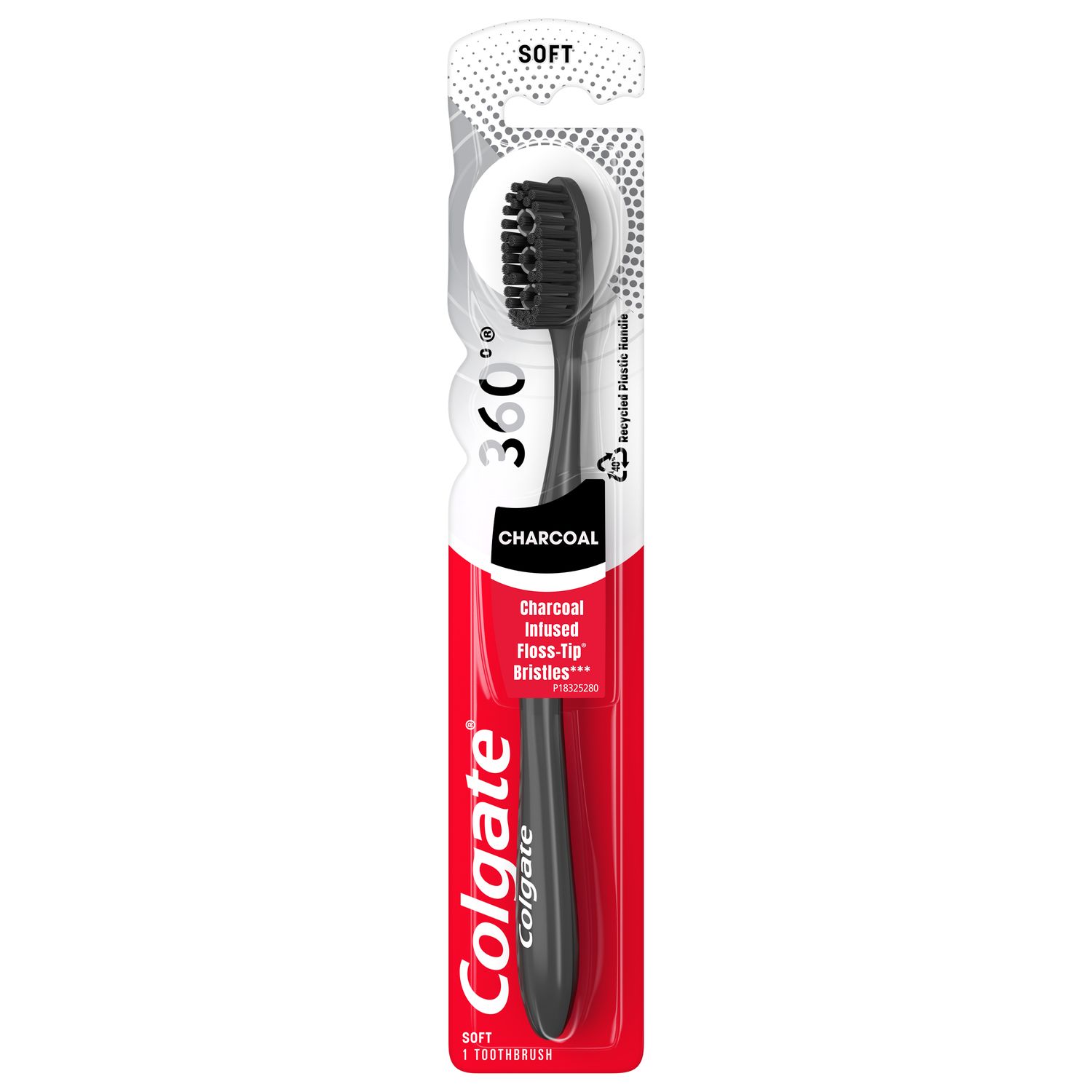What is Dental Bacterial Plaque?
Bacterial plaque, also known as biofilm, is a white substance that sticks to the teeth. It contains lots of bacteria, which thrive in a moist, dark environment that is your mouth! If plaque builds up on your teeth, these bacteria can overstay their welcome and create a host of dental problems, such as tooth decay and gum disease.
How Does Bacterial Plaque Cause Tooth Decay?
So how exactly does plaque cause tooth decay? Bacteria in plaque thrive on the sugars in the foods and drinks you consume, turning them into acid. If plaque has the chance to collect on your teeth, the bacteria accumulate and produce lots of this acid, which sticks to your tooth enamel and starts to break it down. This sets in motion the process of tooth decay.
After you eat food is when most acid production occurs, according to MedlinePlus. So every time you eat a meal or snack, the process of plaque build-up begins within a few minutes.
Tartar Build-Up and Gum Disease
The same bacterial acids that destroy tooth enamel can start an infection of the gum tissue and bone surrounding your teeth. This is known as gum disease or periodontal disease.
When you don't remove all the plaque from your teeth, it turns into a harder substance known as tartar. While bacterial plaque is the cause of gum disease, tartar build-up gives the plaque a place to thrive. It's a layering effect - the more plaque that adheres to your teeth, the more tartar that will form. Thus leading to more plaque sticking to this tartar, and so on!
In the first stage of gum disease, also known as gingivitis, bacterial plaque causes inflammation of the gums. They may become red and swollen, and may easily bleed. If you let plaque and tartar settle at the gum line and underneath your gums, bacterial toxins will attack the bone and ligaments surrounding your teeth. This causes a more advanced phase of gum disease called periodontitis.
There are several key aspects of preventing tooth decay and gum disease, which we'll highlight below:
Fluoride Sources
If you have weak tooth enamel, your teeth are less able to resist the bacterial acids in your mouth. But there's a simple way to keep your tooth enamel healthy and strong! You can use fluoride toothpaste to strengthen and protect your enamel. And ask your dental professional about other fluoride sources for your family, such as mouthwashes, supplements, or fluoridated water.
Toothbrushing
Skimping out on personal care will only hinder your ability to reverse gum disease and tooth decay, and it starts with toothbrushing. Bacterial plaque builds up more quickly when it isn't regularly brushed away. We recommend brushing your teeth with a soft-bristle toothbrush at least twice daily. Pay particular attention to the plaque that gathers around the gum line. Replace your toothbrush or toothbrush head often. Worn and frayed brushes don't clean thoroughly, and they harbor old bacteria – the culprit you're trying to get rid of!
Flossing
Flossing, or interdental cleaning, once a day is a must! Because your toothbrush cannot reach all of the food and bacteria trapped between your teeth, using floss or a water flosser to get into these hard-to-reach areas helps combat gum disease and tooth decay. The best time to clean between your teeth is before bed so that your mouth has fewer bacteria while sleeping. But if you prefer to do it in the morning, that's okay too! While using floss is the typical way to clean between your teeth, some people find flossing awkward. Ask your dental professional about floss holders or other interdental cleaning devices that are available.
Regular Professional Cleanings
Bacteria that hardens into tartar isn't removable with a toothbrush. Hence, visiting your dentist and dental hygienist for cleanings and check-ups are also necessary. During these appointments, your dental professionals will detect and treat any decay or gum problems early, before more serious dental problems have a chance to take hold.
Healthy Eating
When you reduce your carbohydrate intake, especially refined sugars, you reduce the bacteria's ability to produce acids that cause decay and gum disease. The American Dental Association stresses the importance of eating a healthy diet with lots of whole grains, proteins, dairy, and fruits and vegetables. Replace sugary snacks and drinks with cheeses, yogurt, and natural peanut butter. This helps reduce the number of acid attacks your teeth are exposed to during the day.
Bacterial plaque is the bad guy when it comes to dental disease. You already know this since you put time, effort, and care into keeping you and your family's mouths healthy. But it's helpful to understand the exact ways plaque and then tartar can lead to tooth decay and gum disease. We believe that knowledge is power! The more you know about preventive measures in your control, the more likely you'll be to implement them! By having a thorough personal oral care routine, consistently seeing your dental professionals, eating a healthy diet, and using the right products that work for you, you know that you're doing everything in your power to keep your mouth healthy and bright!
What does bacterial plaque mean medically?
Bacterial plaque is another term for biofilm. This is a film of bacteria and other natural microbes and substances that build up on a surface of the body – in this case, your teeth. Because the bacteria have the potential to harm your oral health, it’s important to keep bacterial plaque under control with good oral hygiene, a healthy diet, and regular dental visits.
What causes bacterial plaque?
Your mouth is home to millions of bacteria, including those that cause plaque. They thrive on the sugar in your diet, which gives these little bacterial communities fuel to grow. Twice-daily brushing and flossing typically removes bacterial plaque before it has a chance to build up and cause problems. However, if you don’t do this properly or often enough, or your diet is very high in sugar, plaque can quickly get out of control. Other factors that can contribute to plaque include smoking/chewing tobacco, a history of radiation therapy, or a condition called dry mouth.
This article is intended to promote understanding of and knowledge about general oral health topics. It is not intended to be a substitute for professional advice, diagnosis or treatment. Always seek the advice of your dentist or other qualified healthcare provider with any questions you may have regarding a medical condition or treatment.
ORAL HEALTH QUIZ
What's behind your smile?
Take our Oral Health assessment to get the most from your oral care routine
ORAL HEALTH QUIZ
What's behind your smile?
Take our Oral Health assessment to get the most from your oral care routine















